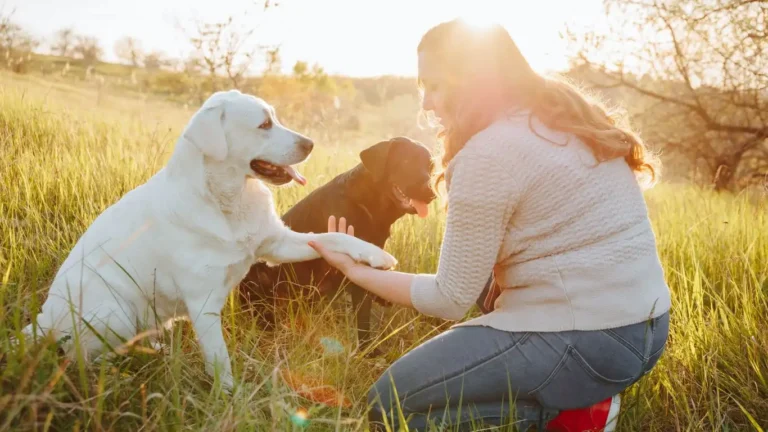How to Safely Introduce a Dog to a Busy City Environment
Bringing a dog into a bustling city environment can be a daunting task, not just for you but for your dog too. The loud noises, crowded sidewalks, and constant movement can be overwhelming for any pup, especially if they’re used to quieter settings. Having worked with dogs in various environments, including those transitioning from calm suburbs to busy urban areas, I’ve seen firsthand how important it is to approach this change thoughtfully. Today, I’m here to share some valuable insights into how to safely introduce a dog to a busy city environment, helping your furry friend feel comfortable and confident as they explore the new world around them.
Understanding Your Dog’s Needs Before the Move
Before diving into the specifics of how to safely introduce your dog to a busy city, let’s take a moment to understand the basics of what your dog needs when adjusting to a new environment. Each dog is unique, with their own set of experiences, triggers, and fears. When moving to a city, it’s crucial to remember that the adjustment can be both mentally and physically taxing for your dog.
From my experience, the first thing I always recommend is to observe how your dog responds to new stimuli. Is your dog more anxious than usual? Do they get excited about new smells or sounds, or do they retreat to a safe spot when things get too overwhelming? Knowing this about your dog is key because it helps tailor the introduction process to suit their individual temperament.
Start Slowly with Controlled Exposures
One of the best ways to start introducing your dog to the city environment is by gradually exposing them to new sights, sounds, and smells. Think of it as a slow immersion—like dipping your toes into a pool before jumping in. Rushing the process can lead to anxiety, and we definitely want to avoid that!
Start by taking your dog to quieter spots within the city, such as a peaceful park or a less crowded area near a cafe. These smaller steps will help your dog associate the city with positive experiences without feeling overwhelmed. Over time, you can gradually increase the noise and foot traffic to help them adapt.
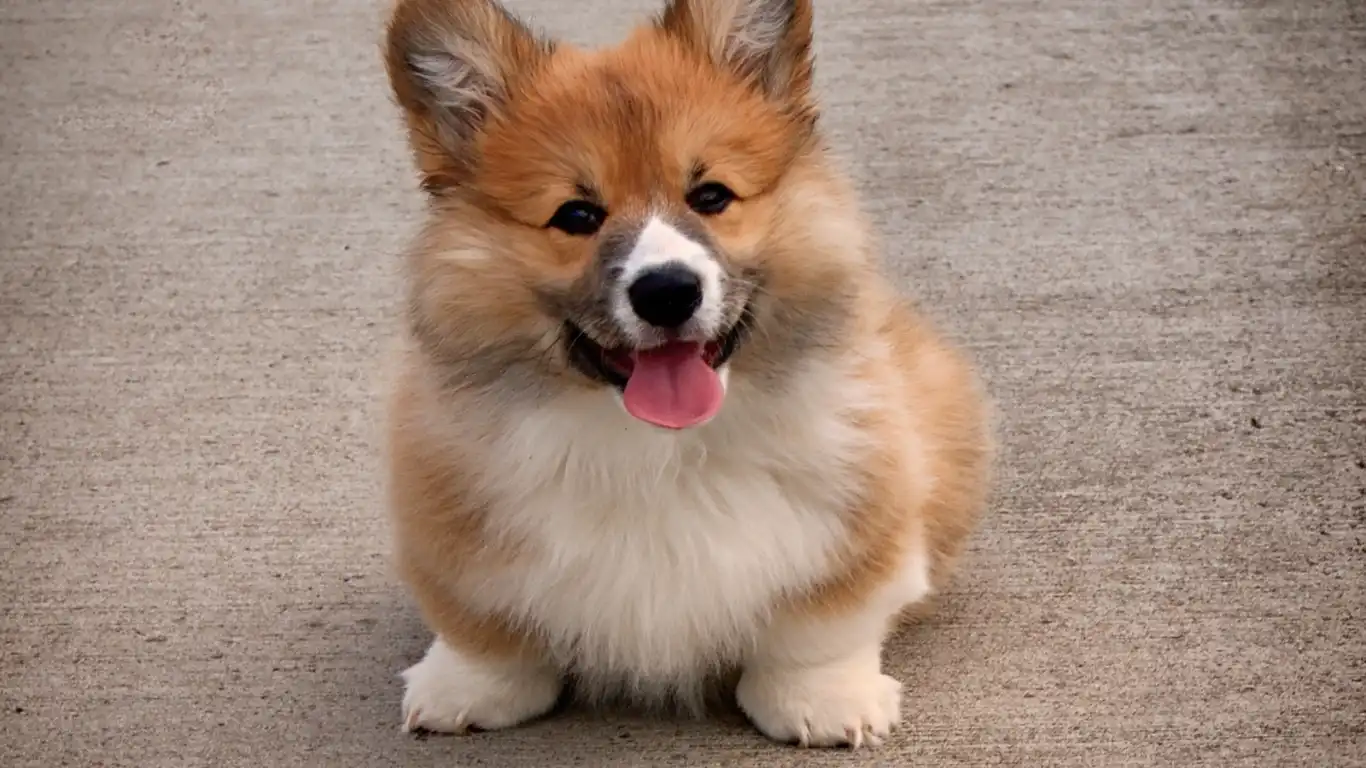
Leash Training for City Walks
City walks are a whole different ball game compared to quiet suburban strolls. With so many distractions—from honking horns to the hustle of pedestrians—your dog needs to be well-equipped for the challenge. Leash training plays a huge role in this, and it’s an essential skill for city life. A good leash can make all the difference in giving your dog a sense of control and security.
When training your dog for city walks, it’s important to ensure they’re comfortable walking beside you without pulling or getting distracted. Start with basic leash training in a quiet area and gradually introduce more distractions. In the city, a short, sturdy leash is ideal because it gives you better control over your dog, preventing them from darting off in the wrong direction when something catches their attention.
Positive Reinforcement Goes a Long Way
During this training phase, remember to use positive reinforcement to encourage your dog. This is where your dog’s favorite treats come into play. I always say that training shouldn’t feel like a chore—it should be fun for both you and your dog! Every time your dog walks calmly beside you or ignores a passing car, reward them with a treat and some praise. This helps your dog associate city walks with good things, and they’ll look forward to these outings instead of fearing them.

Exposure to City Sounds: Take It One Step at a Time
One of the most intimidating aspects of a busy city environment for dogs is the noise. The constant hum of traffic, construction sounds, and bustling crowds can be overwhelming. For some dogs, even the sound of a passing bus or a distant siren can trigger anxiety. So, how do we safely introduce them to all this noise?
In my experience, it’s helpful to start by desensitizing your dog to city sounds before you even step foot in the heart of the city. There are many sound apps available that simulate various city noises like car honks, street chatter, or sirens. Start by playing these sounds at a low volume while your dog is in a familiar and safe space, like your living room.
Gradually increase the volume as your dog becomes more accustomed to the sounds. Pair this with some positive reinforcement to create a connection between these noises and pleasant experiences. It’s essential to be patient with this process, as some dogs might need more time to adjust to the city’s audio landscape than others.
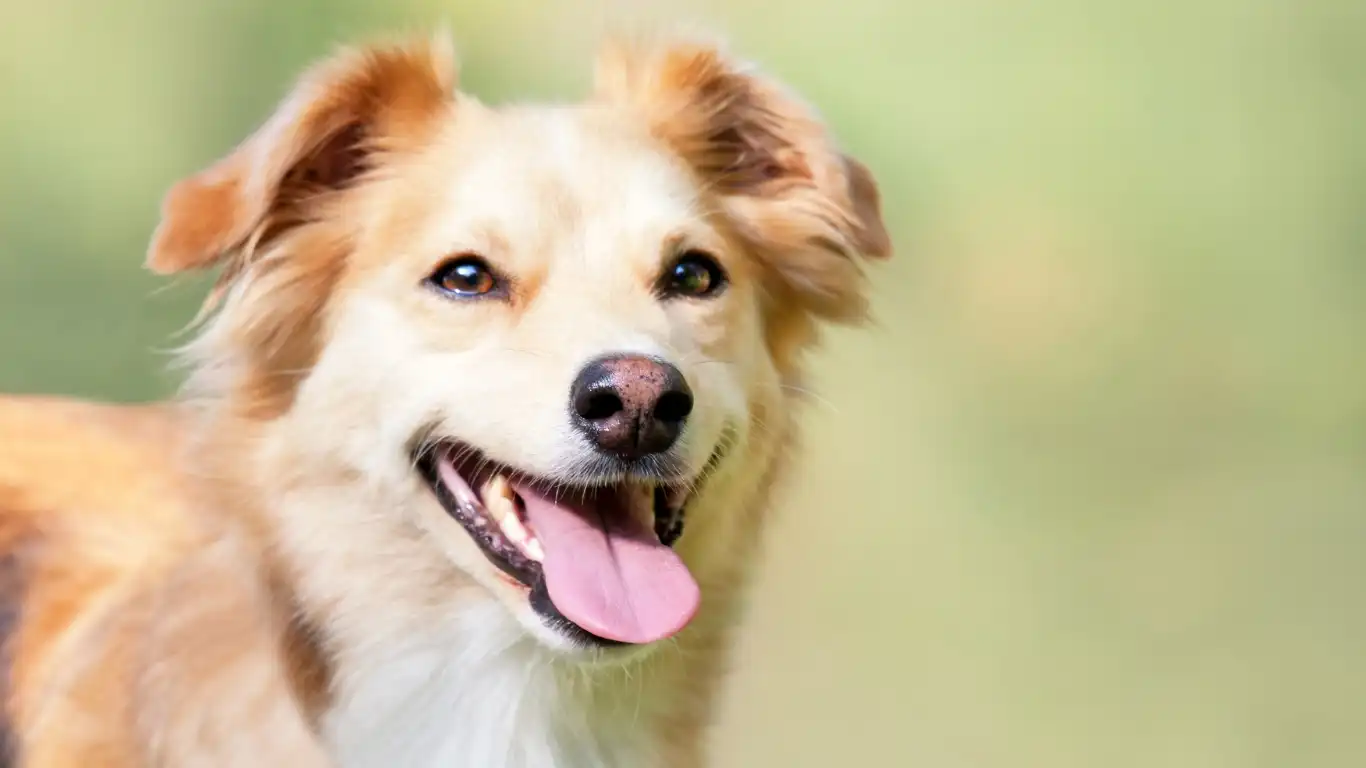
Final Thoughts: Patience and Consistency Are Key
As a Veterinary Technician and someone who’s spent a lot of time working with dogs, one thing I’ve learned is that patience and consistency are the cornerstones of any successful introduction to a new environment. When it comes to cities, these principles are especially important. Don’t rush the process. Take things one step at a time, and don’t be discouraged if your dog isn’t adjusting as quickly as you’d like. Every dog is different, and some need more time to feel comfortable in new surroundings. The goal is to make the transition as smooth as possible and to ensure that your dog feels safe and secure in their new home.
Socializing Your Dog with Other City Pets and People
Now that your dog is getting used to the sounds and sights of the city, it’s time to tackle another essential aspect: socialization. In a city, you’ll encounter all sorts of people, other dogs, and even cats or other animals. Socialization is crucial for your dog to learn how to behave around different types of people and pets, without feeling overwhelmed or stressed. And trust me, this process is something I can’t stress enough from my own experiences working with dogs!
When it comes to socializing your dog, patience is key. Just like humans, dogs have their own personalities, and not all dogs will immediately enjoy meeting new people or animals. However, with some gentle and positive exposure, most dogs will become more comfortable over time. Start by introducing your dog to well-behaved and calm dogs in quieter environments, like a dog-friendly park. If your dog gets nervous or shows signs of stress, it’s best to take a step back and give them some space, rather than forcing them into uncomfortable situations.
Tips for Safe Socialization
- Start slow: Begin with one-on-one introductions before jumping into large groups of dogs or people. This reduces the chances of overwhelming your dog.
- Use positive reinforcement: Reward your dog with treats and praise when they interact calmly with others, whether it’s a new person or dog.
- Observe body language: Keep an eye on your dog’s body language—raised hackles, growling, or a stiff posture can indicate stress. If you see these signs, give your dog space and try again later.
- Choose your companions wisely: Start with dogs that have similar energy levels and personalities. A calm dog can help ease the nerves of a more anxious one.
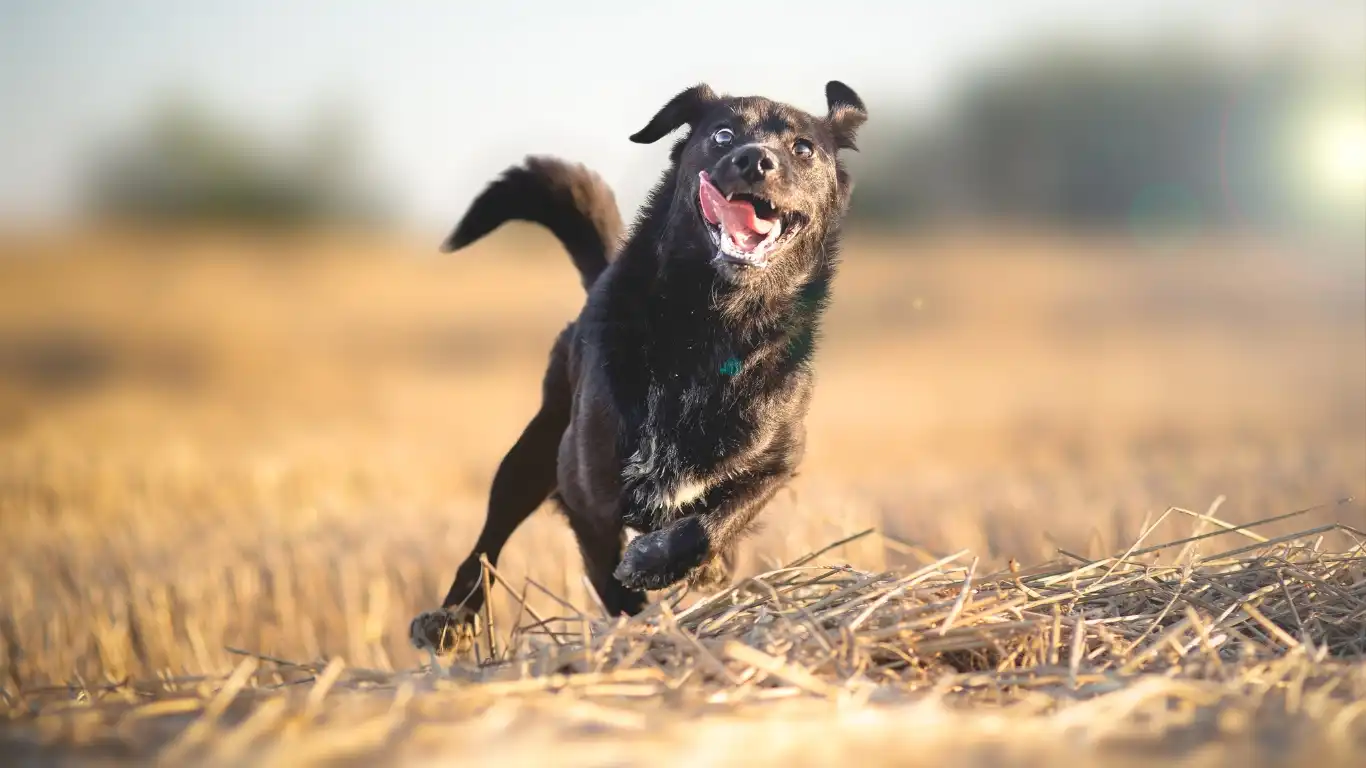
Dealing with Common Urban Challenges
As you’re introducing your dog to the city, you’ll inevitably encounter some challenges. There’s the noise, the crowds, the unpredictable traffic, and even the temptation of street food! While some dogs adjust easily, others may struggle with these urban obstacles. I’ve worked with a lot of dogs who face challenges when it comes to high-traffic areas or crowded streets, and I’ve found that breaking down these challenges into manageable steps can make a huge difference.
Managing Fear of Traffic and Cars
One of the biggest obstacles many dogs face in the city is the constant presence of traffic. The honking of cars, the rumble of buses, and the sudden movement of cyclists can all be a bit much for a dog. Here’s what I’ve learned works best when helping a dog get used to traffic:
- Start with quieter streets: Begin by walking your dog on quieter streets with minimal traffic. Let them observe the environment at a distance before getting closer to busy roads.
- Desensitize to car sounds: If possible, use a car as a controlled exposure. Sit near a parked car and let your dog listen to it running, rewarding calm behavior. Gradually work up to walking alongside moving cars.
- Use positive associations: Every time your dog calmly encounters a car or busy street, reward them. Positive reinforcement helps them understand that traffic is not something to fear.
- Keep your dog close: On busy streets, always keep your dog on a short leash and close to your side. This prevents them from being overwhelmed by passing cars or distracted by the environment.
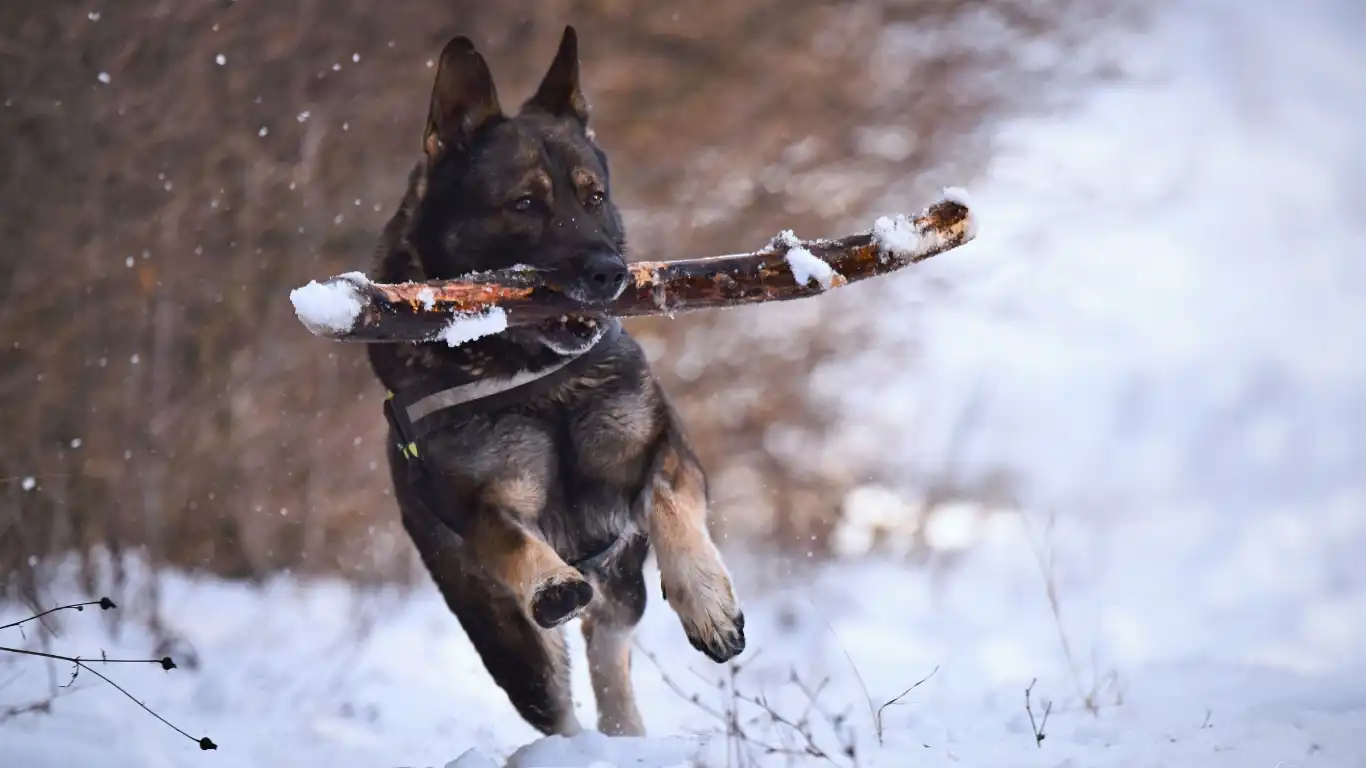
Establishing a Routine in the City
Another important aspect of helping your dog adjust to city life is establishing a routine. Dogs thrive on routine, and when they know what to expect, they feel more secure. A consistent schedule of walks, meals, playtime, and rest will help your dog feel settled in their new environment.
I’ve noticed that many dogs who struggle in the city are often thrown off by inconsistent schedules. Maybe they’re getting walked at different times every day, or they’re fed at irregular intervals. This unpredictability can cause stress and confusion. By setting a predictable routine, you help your dog feel more at ease with their new surroundings.
Creating a Safe Haven for Your Dog
Living in the city means there will be constant activity, and this can be overwhelming for your dog. That’s why it’s crucial to have a safe space where your dog can retreat when they need some downtime. This can be a designated spot in your apartment, such as a crate or a cozy bed in a quiet corner.
Personally, I always recommend a comfortable crate where the dog can feel safe, especially after a long day of urban exploration. A crate doesn’t just serve as a place for rest, but also as a sanctuary where they can retreat from the hustle and bustle. And if you live in an apartment, this is even more important because it gives them a quiet space to recharge before heading back out into the chaos.
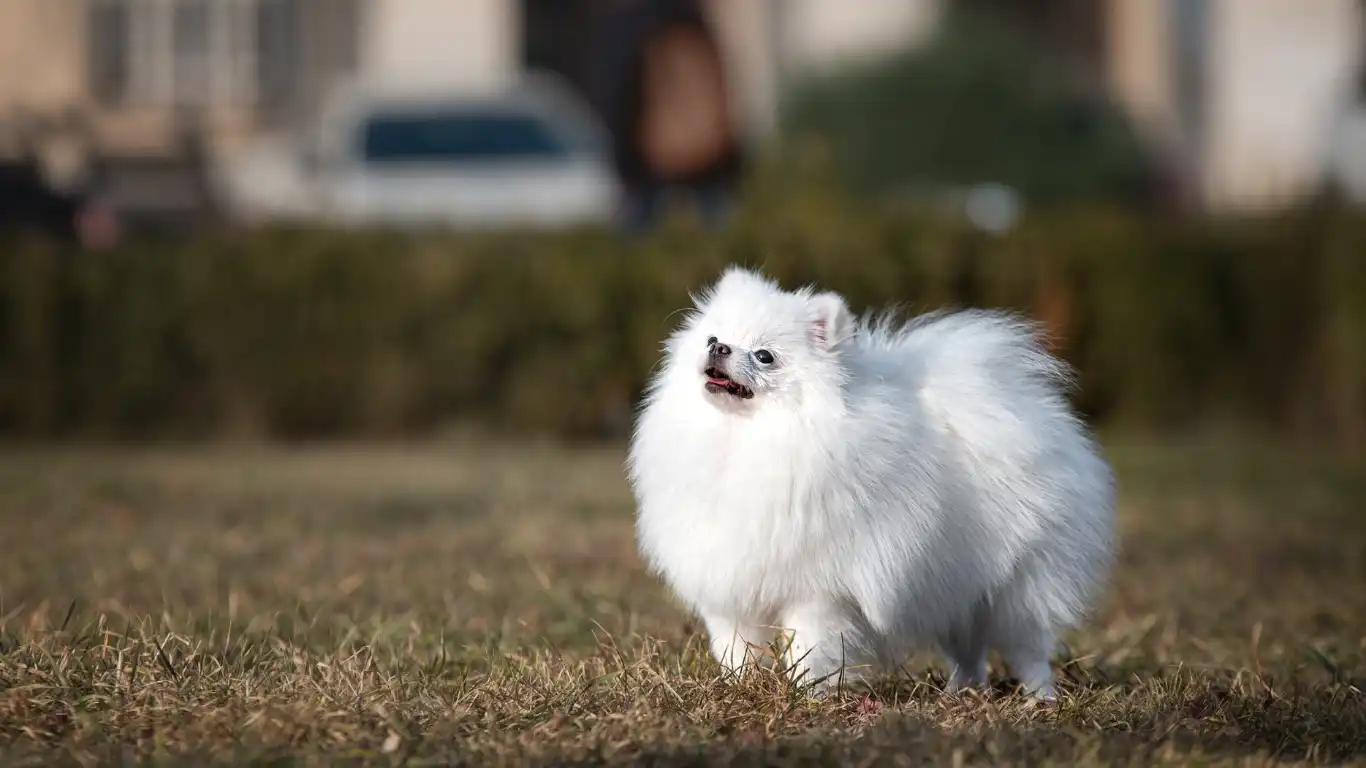
Building Confidence Through Routine and Repetition
Consistency and repetition are the ultimate confidence boosters for your dog. Over time, they’ll start to recognize that the city isn’t as scary as it first seemed. They’ll learn that loud noises or bustling crowds don’t mean danger—they’re just part of the new world they now call home.
From my experience, it’s also important to take regular breaks during walks. Walking non-stop for extended periods can wear your dog down, making them more prone to stress or fatigue. So, make sure you’re taking breaks and offering water, especially on warmer days. Keeping your dog’s energy levels balanced helps prevent burnout, and it ensures they have a positive experience during each outing.
Adapting to the Urban Pace: How to Manage Your Dog’s Energy Levels
As you and your dog continue to adjust to the fast-paced rhythm of city life, one of the most important things to consider is managing your dog’s energy levels. A busy city is full of distractions—new smells, sounds, and movements at every corner. This constant stimulation can be exciting, but it can also drain your dog’s energy quickly if not managed properly.
From my experience as a Veterinary Technician, I’ve seen how important it is to ensure your dog gets the right amount of exercise while avoiding overstimulation. In a city setting, it’s all about finding the right balance between activity and rest. While it might be tempting to take your dog on long walks to explore the city, be mindful of how much physical and mental stimulation they can handle at once.
Tailored Exercise for City Dogs
Every dog is different, and the amount of exercise they need will depend on their breed, age, and overall health. For example, a high-energy breed like a Border Collie will require a lot of physical activity, while a smaller, less active breed like a French Bulldog might need fewer walks. It’s also essential to account for your dog’s stamina when navigating the city. Some dogs will get tired faster due to the heat, noise, or congestion, so make sure you’re taking breaks regularly.
Another great way to help your dog burn off energy without having to walk them for hours is by introducing some indoor activities. When you live in a city, sometimes the weather or your schedule may not allow for long outdoor play sessions. This is where games like fetch, tug-of-war, or puzzle toys come in handy. These activities are not only fun, but they also help mentally stimulate your dog and keep them from becoming bored or anxious.
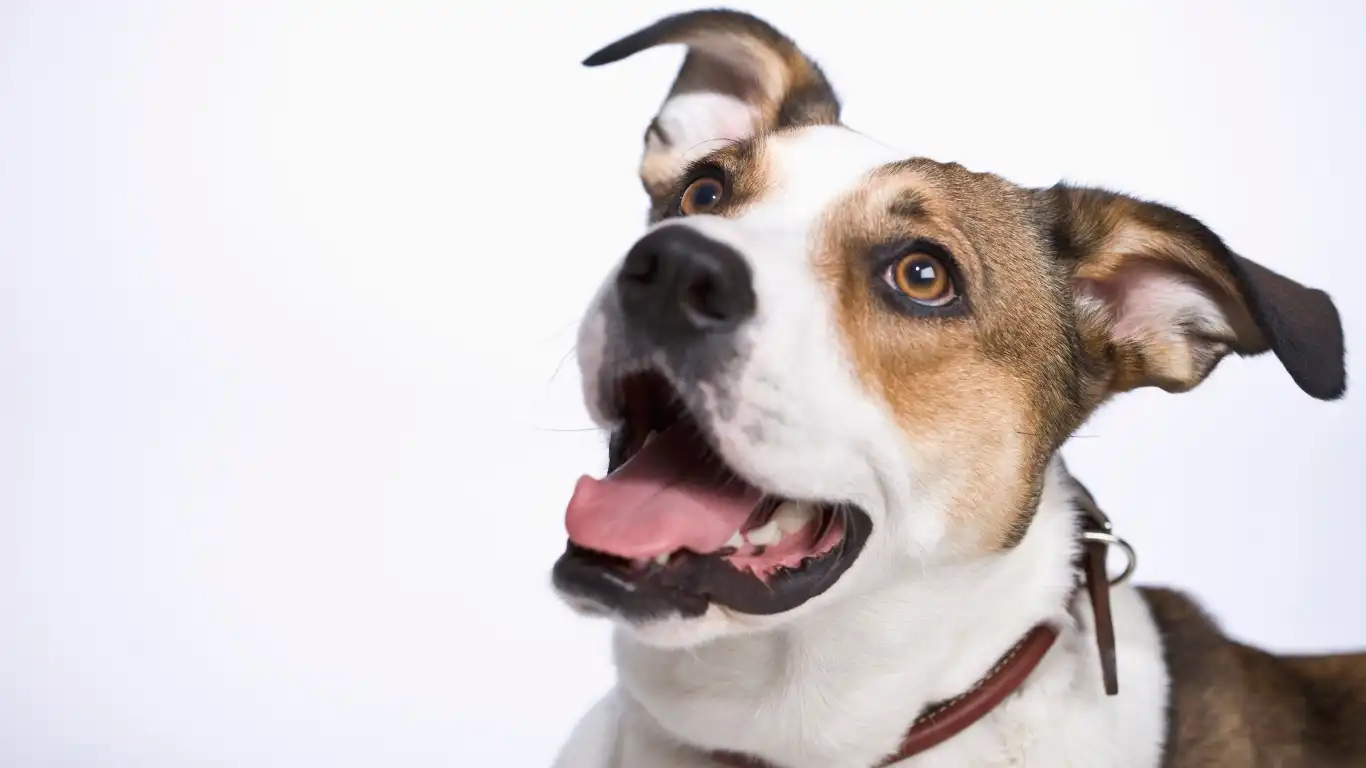
Establishing a Safe and Comfortable Living Space
Another important aspect of adjusting to city life is ensuring that your dog’s home environment is a safe and comfortable space. In a busy city, the apartment or house where your dog spends most of their time can be their sanctuary, and you want to make sure it’s a place where they feel secure.
My advice for dog owners transitioning to the city is to create a “dog zone” in your home—an area that’s just for them, whether it’s a cozy bed, a crate, or a designated corner of the room. This helps your dog feel like they have their own space to retreat to when they need a break from the hustle and bustle of the outside world. A well-established routine and a familiar, comfortable area at home can do wonders for reducing anxiety and stress.
In cities, noise is an inevitable part of life, and it can be difficult for dogs to adjust to sounds like car alarms, sirens, or construction. To help mitigate this, you can use soundproofing or simply create a calm atmosphere by playing soft music or using white noise machines. This can help mask some of the louder, more abrupt noises that could startle your dog, helping them feel more at ease even in a busy environment.
Health Considerations for City Living
Living in the city has its perks, but it also comes with some unique health challenges for dogs. Urban environments often have higher levels of pollution, more potential for exposure to diseases, and the risk of accidents due to traffic or other hazards. As a Veterinary Technician, I recommend being extra mindful of your dog’s health in the city to ensure they stay happy and healthy in their new home.
First and foremost, make sure your dog is up to date on their vaccinations. In cities, there is often a higher density of animals, which increases the risk of diseases like parvovirus, distemper, or leptospirosis. Regular vet check-ups are also essential to catch any potential issues early, and having a trusted vet nearby is always a good idea.
Keeping Your Dog Safe in the City
- Use flea and tick prevention: Urban areas, especially those near parks or wooded spaces, can be hotspots for fleas and ticks. Make sure your dog is on a regular flea and tick prevention plan.
- Stay on top of grooming: The city can be dirty, and your dog might pick up debris from the sidewalk, or even toxins from car exhaust. Regular grooming, including paw and coat checks, can help keep your dog clean and healthy.
- Ensure proper hydration: Cities can get hot, especially in the summer months. Always carry water for your dog during walks, and make sure they have access to fresh water indoors.

References & Disclaimer
For more tips on dog care in urban environments, check out some reputable resources like American Kennel Club, PetMD, and National Institutes of Health. These organizations offer a wealth of information to help you understand your dog’s behavior, health, and needs in a city setting.
Disclaimer: The advice shared in this article is based on my personal experience as a Veterinary Technician specializing in nutrition and care for dogs. While I strive to provide the most accurate and up-to-date information, always consult with your vet for specific concerns related to your dog’s health and well-being.

